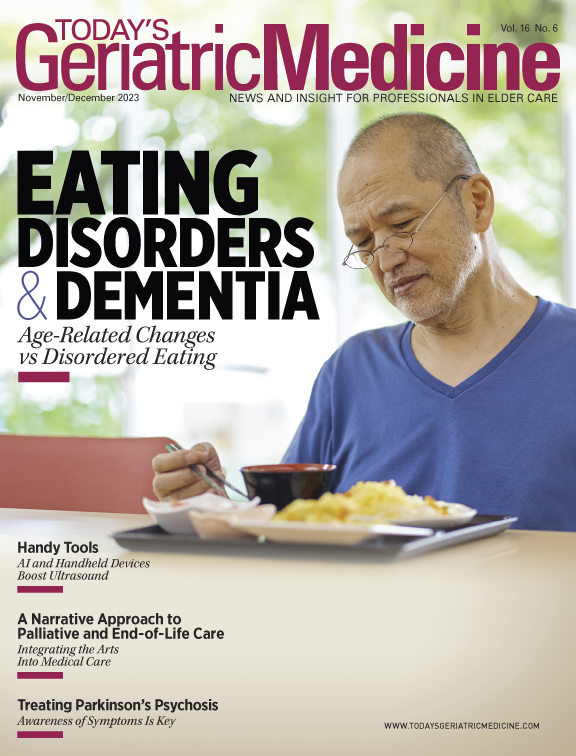
November/December 2023
Editor’s Note: Seeing Older Adults Through a Trauma Lens Many older adults have served in war, been the victims of intimate partner violence or sexual assault, had acute injuries or illnesses, lost loved ones, been institutionalized, or experienced any number of deeply disturbing events. The National Institutes of Health explains that one or more types of such traumatic events have affected 50% to 90% of older adults in the United States. As a consequence of these experiences, some older adults suffer from PTSD, which is associated with disability and physical health consequences, and PTSD, in turn, can be triggered or amplified by various conditions associated with aging. Complicating PTSD in an older population, for example, is the fact that alterations in memory may cause past traumas to recede from the mind but then reappear, possibly again and again. Those affected may be beset by flashbacks and triggered by various circumstances or sensory stimuli to relive events from the past in a cycle dictated by the vagaries of memory. They may suffer from insomnia, nightmares, difficulty relating to others, irritability, and a range of physical complaints. Although trauma isn’t uncommon among older adults, it’s often overlooked in this population. And a key reason their trauma may go unnoticed by health professionals is that the patients don’t discuss their experiences or symptoms or don’t view them as significant, especially when the source of the trauma arose decades earlier. The National Center for PTSD reports that older adults may report physical symptoms such as sleep difficulties or admit to feeling stress and may seek medical care for these concerns. However, they do not discuss with their primary care provider complaints such as depression or anxiety and often don’t explore mental health services. It’s important, therefore, according to the center, for physicians to follow up on patient reports of physical symptoms and ask about mood changes and alterations to normal activities. Older adults shouldn’t be left out when looking at patients through a trauma lens, and they, as much as younger patients, can benefit from various kinds of trauma-informed care, including trauma-focused psychotherapy—including cognitive processing therapy and exposure therapy—as well as stress management and, in some circumstances, with great caution, medication. One psychotherapeutic approach EMDR—eye movement desensitization and reprocessing—has moved to the forefront of treatment for PTSD. It’s a topic we’ll cover in greater depth in an upcoming issue, but here, in The Last Word, EMDR consultant and author Rebecca Kase, a licensed clinical social worker, offers an introduction to the ways EMDR can help older adults. — Kate Jackson |
